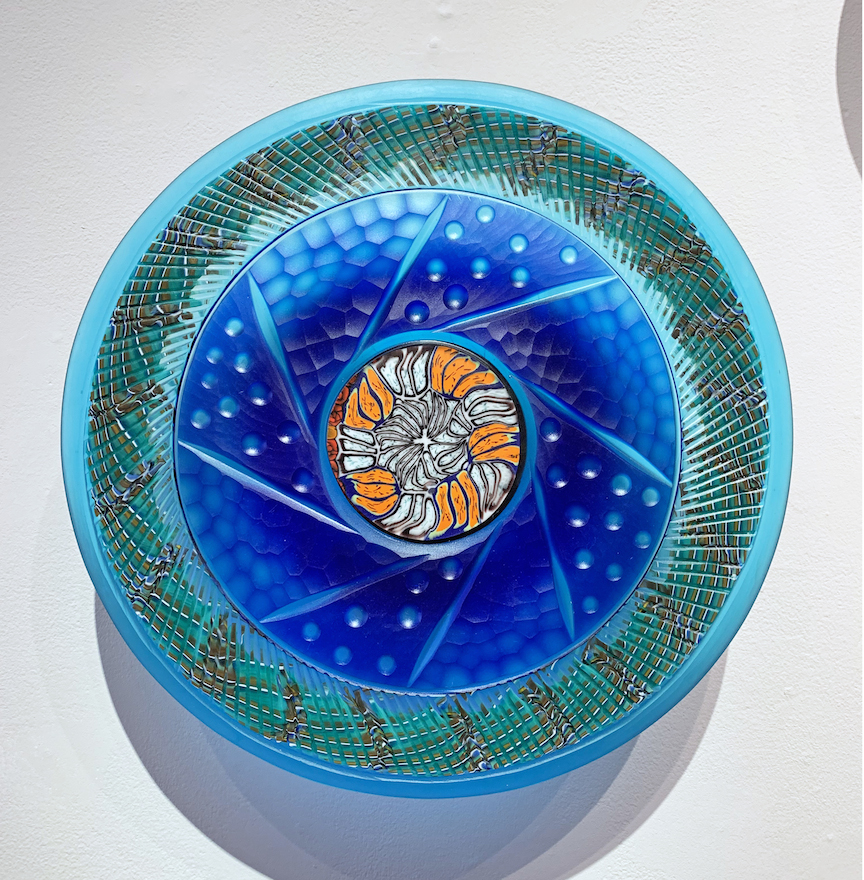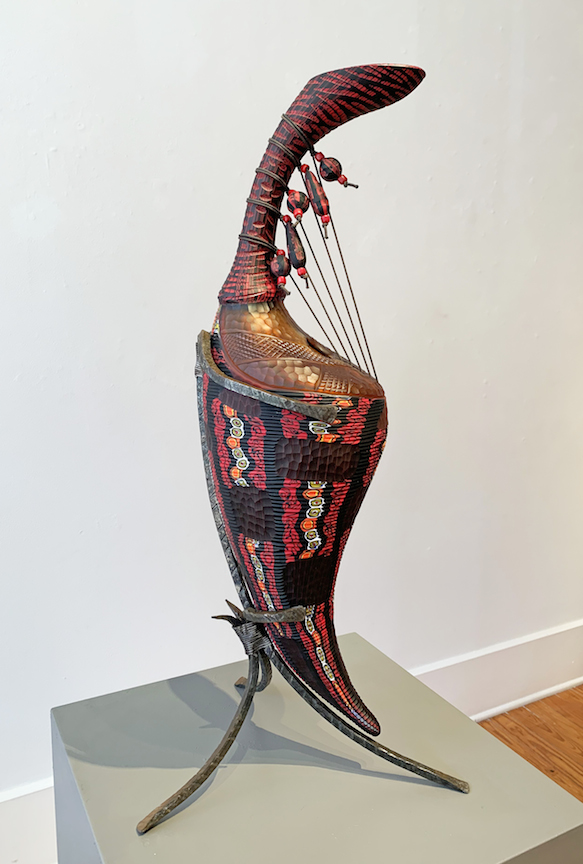Davide Salvadore
Davide Salvadore, Venetian Pottery 3, blown and carved glass, 18x11x11 in
Davide Salvadore, Venetian Pottery 1, blown and carved glass, 14x10x10 in, SOLD
Davide Salvadore, Piatti Installation, blown and carved glass
Davide Salvadore, Piatto 5, blown and carved glass, 13.5x13.5 in
Davide Salvadore, Piatto 8, blown and carved glass, 14.5x14.5 in
Davide Salvadore, Piatto 6, blown and carved glass, 13.5 in
Davide Salvadore, Piatto 7, blown and carved glass, 13.5x13.5 in
Davide Salvadore, Piatto Installation, blown and carved glass
Davide Salvadore, Piatto 1, blown and carved glass, 13x13 in
Davide Salvadore, Piatto 3, blown and carved glass, 14x14 in
Davide Salvadore, Piatto 4, blown and carved glass, 12x12 in
Davide Salvadore, Venetian Pottery 2, blown and carved glass, 14x9x9 in
Davide Salvadore, Venetian Pottery 7, blown and carved glass, 12x10x10 in
Davide Salvadore, Venetian Pottery 6, blown and carved glass, 16x10x10 in
Davide Salvadore, Venetian Pottery 8, blown and carved glass, 14.5x7x7 in
Davide Salvadore, Venetian Pottery 4, blown and carved glass, 11.5x10x10 in
Davide Salvadore, Grey Tiraboson, blown and carved glass, 26.5x11x10 in
Davide Salvadore, Spingarpa Grande, blown and carved glass, 36x11x22 in
Davide Salvadore, Corno D’Africa, blown and carved glass, 28x9x19 in
Davide Salvadore, Red & Black Tiraboson, blown and carved glass, 25x11x10 in
artist info
Dating back to the 1700's, Murano glassworker, Davide Salvadore is the 11th generation on his mother's side, credited with creating glass pieces. The first of this lineage were the Rosetto brothers whose works dated to 1721 for a Piedmontese princess.
At a young age, Salvadore began following his grandfather, Antonio Mantoan, into the furnaces of Murano, first learning how to build the kilns and later working in the studios of Alfredo Barbini, who is often recognized as the ultimate glassmaker of Murano. Later, he worked as a glassblower in multiple well-known glass studios, learning from each and improving his abilities. In 1978 he began producing lamp-worked beads in his mother Anna Mantoan's jewelry studio, which she sold to Yves St. Laurent and other couture houses as well as to African merchants.
With his mother's encouragement, Salvadore developed his own personal style of making lamp-worked beads, and these beads are still featured as part of his sculptural pieces today; a tribute to his mother's talent and support. In 1987, he opened his own studio, Campagnol & Salvadore, where he continued doing lampwork and further developed his glassblowing expertise and talent.
In 1998, Salvadore made a conscious decision to turn away from traditional functional glass work. At approximately the same time, he began demonstrating his unique murrine technique at Corning Museum of Glass, Pilchuck Glass School, Pratt Fine Art Center, and others in the United States. It was then that he was introduced to the American Studio Glass movement, of which Salvadore embraced and became an active part. As a result of his ingenuity and the inventiveness of his creations, Salvadore's glass design became instantly noteworthy.
In 2012, Salvadore founded his own studio, Salvadore SRL, where he continues to work today with his two sons, Marco and Mattia in Murano, Italy.























